Flower
Flower
Showing 1–16 of 96 resultsSorted by price: high to low
Showing 1–16 of 96 resultsSorted by price: high to low
-
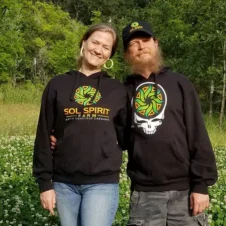
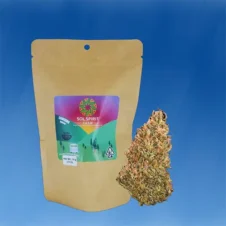
Headband 14g
Ounce Deal (2x) - Save $20Headband 14g
Hybrid | CaryophylleneTHC 32.40%$120 / 14g0 out of 5$120.00 Add to cart -


Mother’s Milk 14g
Ounce Deal (2x) - Save $20Mother’s Milk 14g
Sativa | CaryophylleneTHC 24.23%$120 / 14g0 out of 5$120.00 Add to cart -

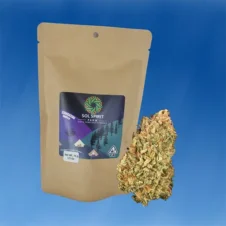
Element OG 14g
Ounce Deal (2x) - Save $20Element OG 14g
Indica | MyrceneTHC 25.87%$120 / 14g0 out of 5$120.00 Add to cart -
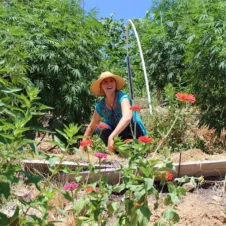

Purple Cream 14g
Ounce Deal (2x) - Save $20 Out of StockPurple Cream 14g
Indica | CaryophylleneTHC 24.64%$110 / 14g0 out of 5$110.00 Read more -
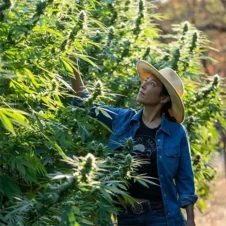
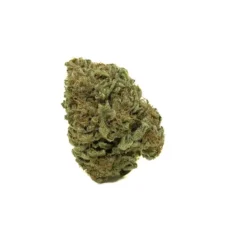
Mendo Biscuits 14g
Ounce Deal (2x) - Save $20 Out of StockMendo Biscuits 14g
Indica | CaryophylleneTHC 23.45%$100 / 14g0 out of 5$100.00 Read more -
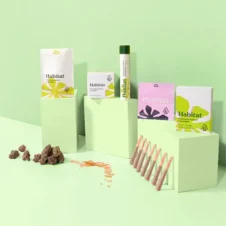
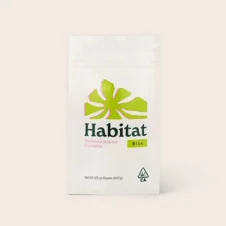
Jack Herer 14g Smalls
Ounce Deal (2x) - Save $20 Out of StockJack Herer 14g Smalls
Sativa | MyrceneTHC 32.24%$100 / 14g0 out of 5$100.00 Read more -

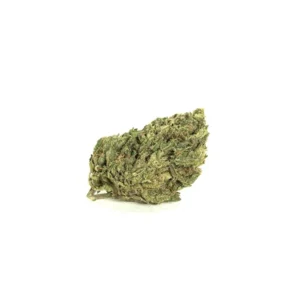
Biscotti 14g
Ounce Deal (2x) - Save $20Biscotti 14g
Indica | LimoneneTHC 24.08%$100 / 14g0 out of 5$100.00 Add to cart -

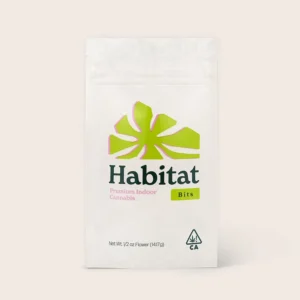
Space Lemonade 14g Smalls
Ounce Deal (2x) - Save $20Space Lemonade 14g Smalls
Hybrid | LimoneneTHC 30.07%$100 / 14g0 out of 5$100.00 Add to cart -


Pink Runtz 14g Smalls
Ounce Deal (2x) - Save $20Pink Runtz 14g Smalls
Hybrid | LimoneneTHC 29.60%$100 / 14g0 out of 5$100.00 Add to cart -


Dreamland 14g Smalls
Ounce Deal (2x) - Save $20Dreamland 14g Smalls
Indica | LimoneneTHC 30.25%$100 / 14g0 out of 5$100.00 Add to cart -

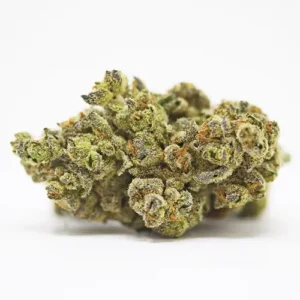
Grapes And Cream 14g
Ounce Deal (2x) - Save $20Grapes And Cream 14g
Indica | CaryophylleneTHC 25.59%$100 / 14g0 out of 5$100.00 Add to cart -

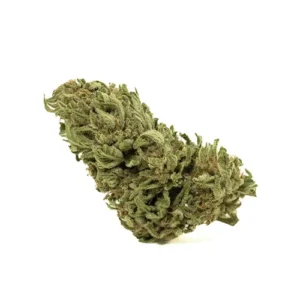
Hawaiian Fanta 14g
Ounce Deal (2x) - Save $20Hawaiian Fanta 14g
Sativa | MyrceneTHC 23.01%$100 / 14g0 out of 5$100.00 Add to cart -
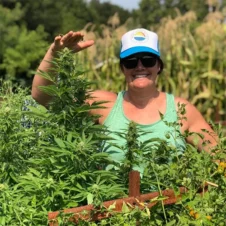
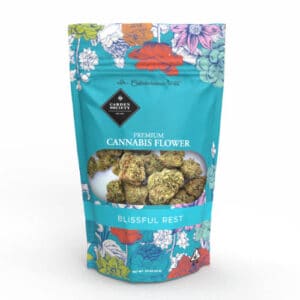
Carbon Fiber 14g
Ounce Deal (2x) - Save $20Carbon Fiber 14g
Hybrid | CaryophylleneTHC 24.09%$85 / 14g0 out of 5$85.00 Add to cart -

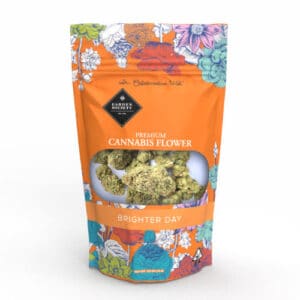
Tropicana Cherry 14g
Ounce Deal (2x) - Save $20Tropicana Cherry 14g
SativaTHC 26.04%$85 / 14g0 out of 5$85.00 Add to cart -

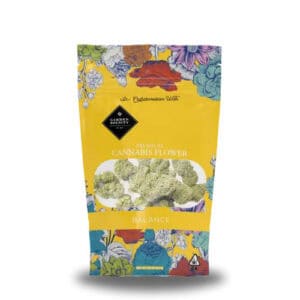
Mule Fuel 14g
Ounce Deal (2x) - Save $20Mule Fuel 14g
HybridTHC 26.02%$85 / 14g0 out of 5$85.00 Add to cart -


Governmint Oasis 14g
Ounce Deal (2x) - Save $20Governmint Oasis 14g
HybridTHC 28.73%$85 / 14g0 out of 5$85.00 Add to cart
